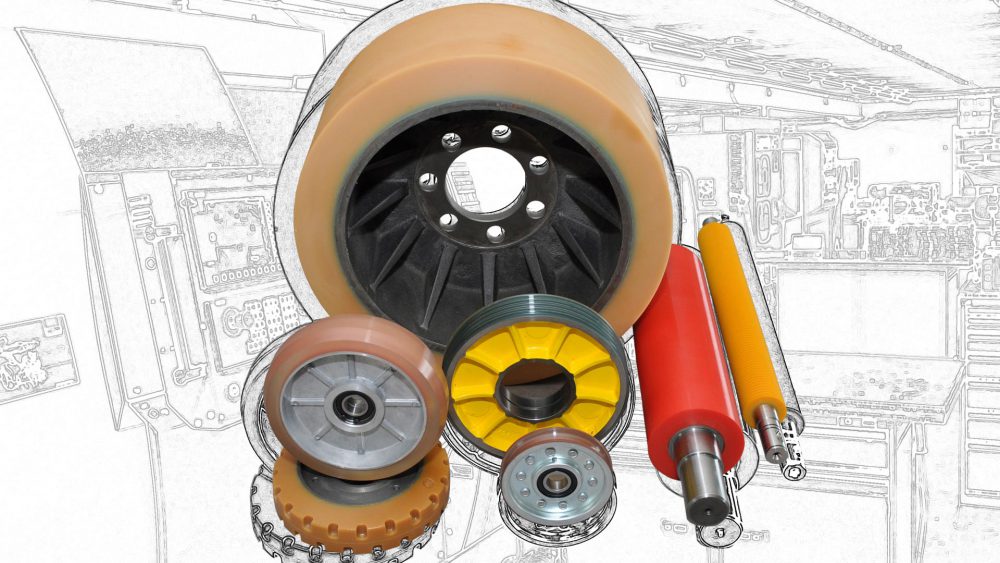At Asma, we are intensively engaged in optimizing polyurethane wheel coverings for roller coasters in terms of increasing customer demands.
Wheels on roller coasters are a limiting factor for their operational capability. Roller coasters reach their limits in some countries in the summer and at worst cannot be operated with a full number of passengers. This is due to the rise in temperature caused by climate change or exposed coasters in desert areas. In the construction of new coasters, more complex or equipped vehicles with more safety features lead to an increase in weight, which also pushes the wheels to the limits under normal conditions.
From the park operator’s point of view, the most important prerequisite is not only safety but also the longevity of the wheel coverings. Since a large number of wheels are installed on the vehicles, the inspection and maintenance costs are significant. Confidence in safe wheels and maintenance in the sense of normal wear and tear is a significant advantage for the park operator.
At Asma, we are intensively engaged in optimizing polyurethane wheel coverings for roller coasters in terms of increasing customer demands. We can draw on extensive knowledge of polyurethane materials, testing possibilities and experience in applications, including Hyperloop. We offer the optimization of wheels with our polyurethane materials and our knowledge to OEM manufacturers as well as park operators. In addition to the polyurethane materials that a proved for many years, we have two new polyurethane materials (Asmaprene VP424 and Asmaprene VP425) in our portfolio since 2020, which offer around 20% reserve in load capacity and speed, compared to our competitors high-speed wheel coverings. These wheel coverings are available in 94 and 96 Shore A.
A proven tip: The speed of the roller coaster can be affected by mixing and adjusting wheels, which parks do to keep the ride running within the specified window.

